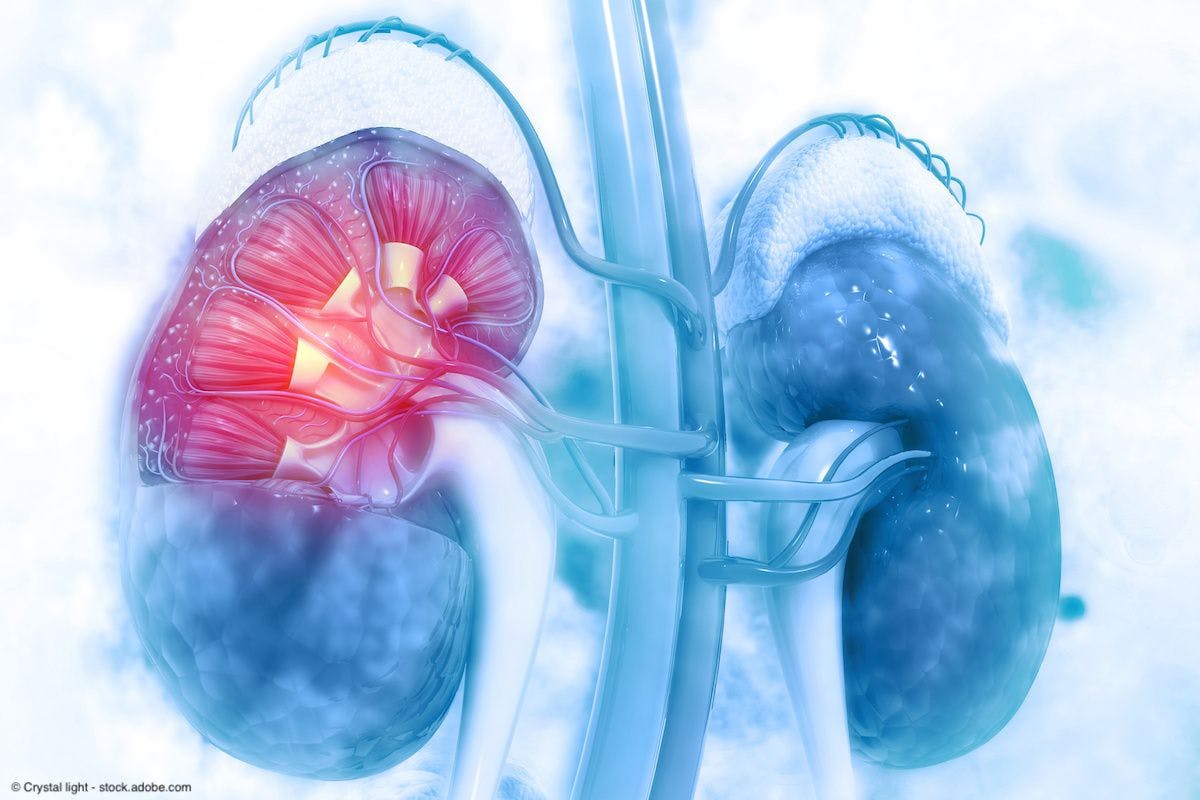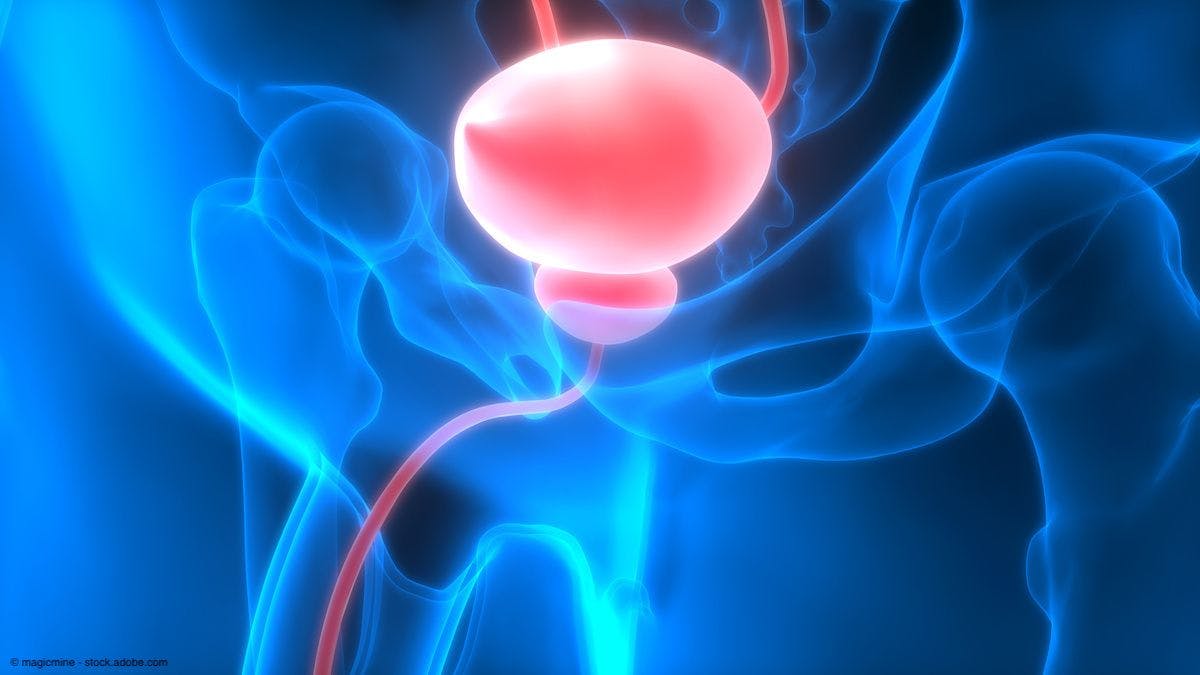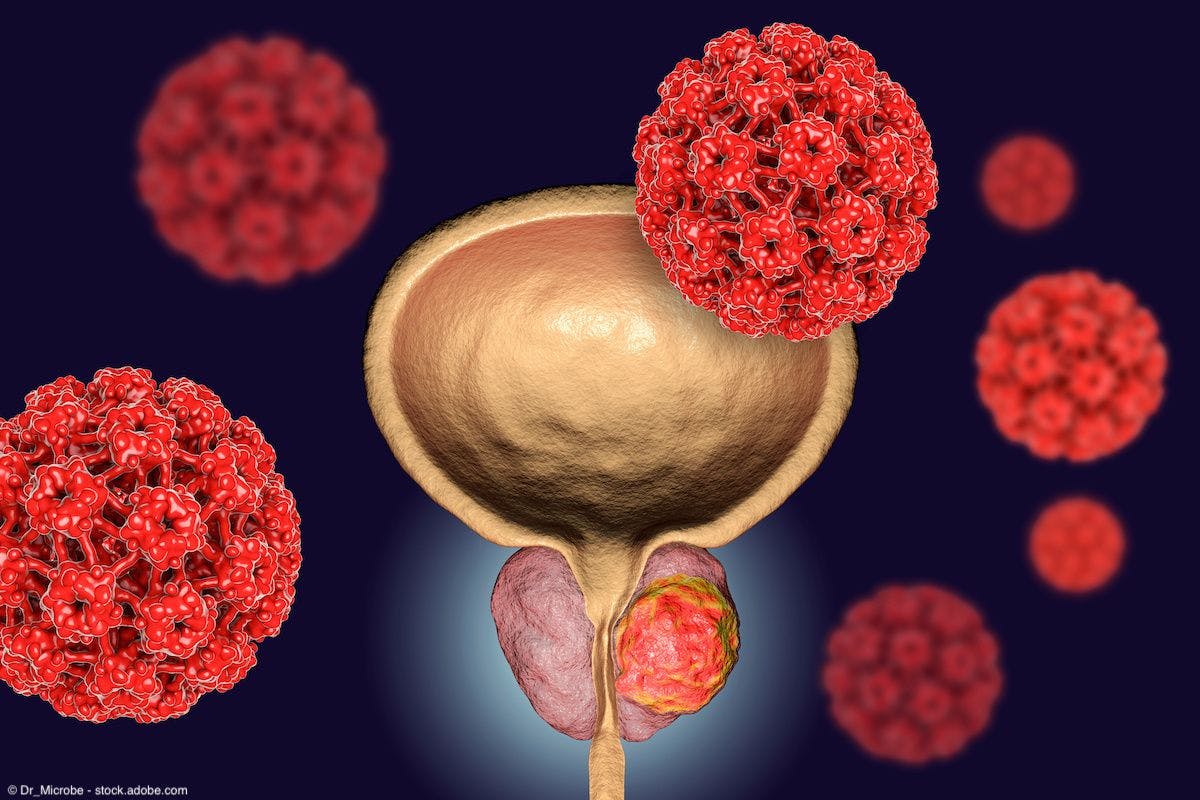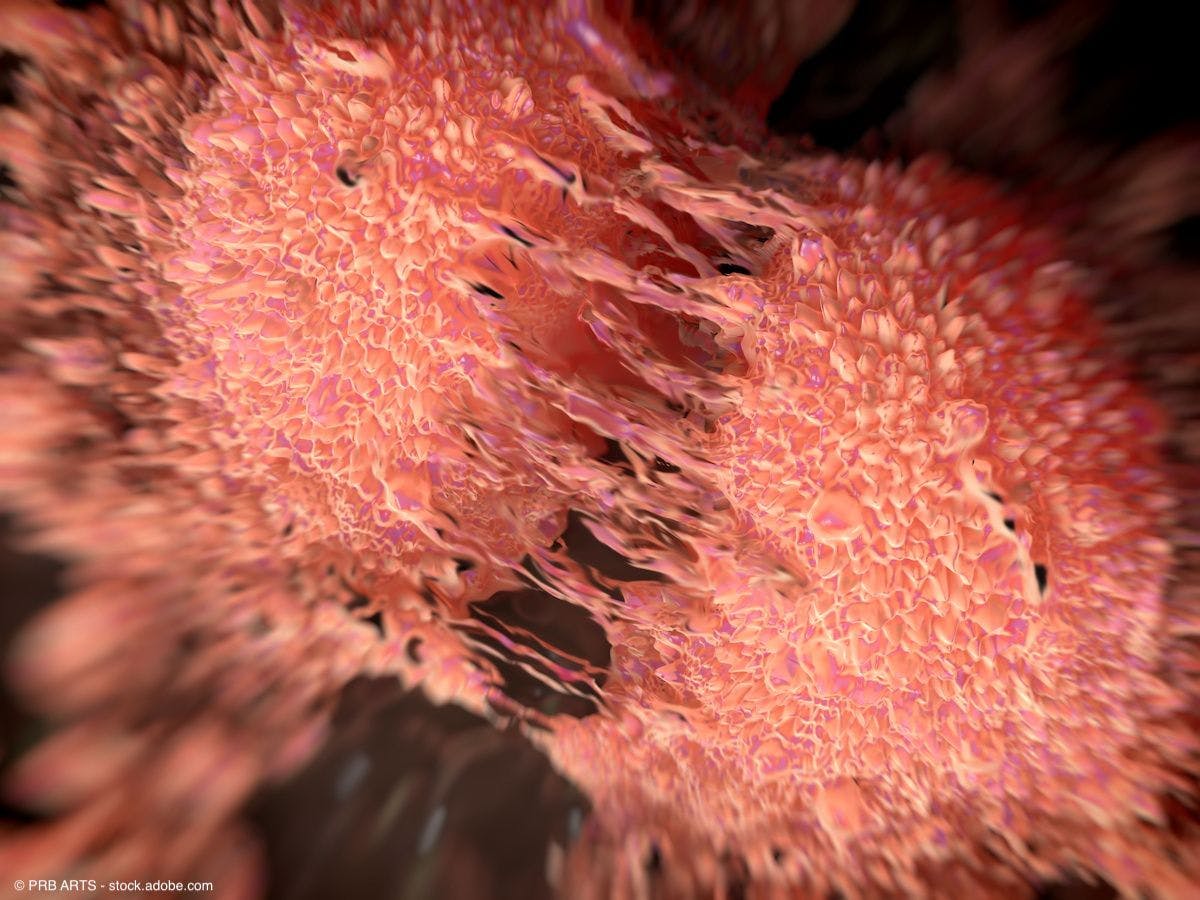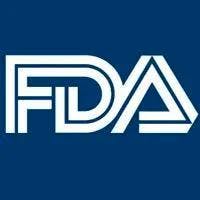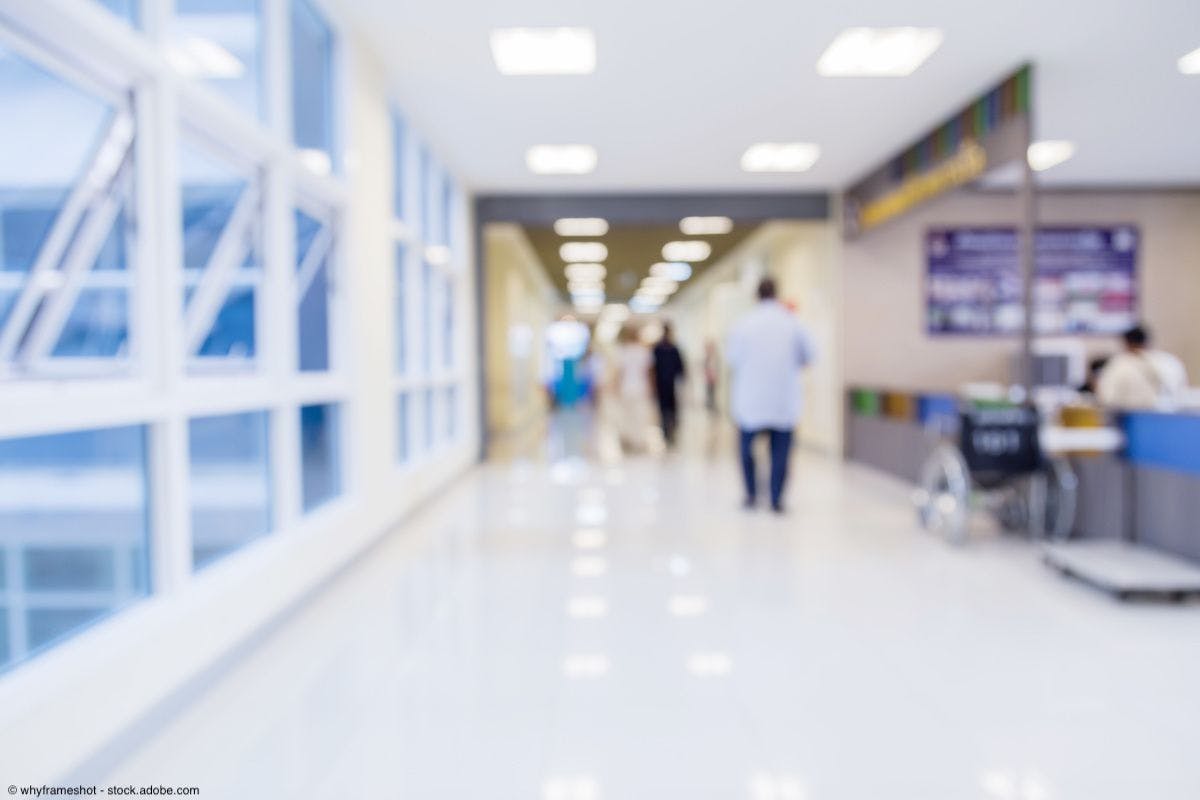Commentary
Article
Urology Times Journal
Investigators identify new target for VTE prevention
Author(s):
"This study identifies a new target for VTE prevention," writes Kate Gessner, MD, PhD, and Philip Abbosh, MD, PhD.
Kate Gessner, MD, PhD

For the second installment of Urology in the Lab, we focus on a study that uses a cross-species analysis of hibernating bears, patients with spinal cord injury (SCI), and mice to identify a conserved immobility-associated signature in platelets that protects against thrombosis.1 Urological care is an important consideration of patients with SCIs, so these patients are often under the care of urologic surgeons. This innovative work may change how we prevent development of venous thromboembolism (VTE) during periods of immobility, such as postoperative settings or intensive care unit admissions for septic stones.
The study published by Thienel et al takes a unique approach to identifying factors associated with protection against VTE formation by using the following premise: Brown bears, despite possessing key components of the coagulation cascade and the ability to form pulmonary embolism while active, are protected against immobility-associated VTE during their annual 4- to 7-month hibernation. By analyzing their blood for changes in coagulation-related proteins between hibernation and activity, the authors sought to identify VTE-protective factors that they could then relate to humans and other species.
Philip Abbosh, MD, PhD

The authors collected blood samples from 13 brown bears both during hibernation in winter and during activity the following spring and evaluated changes in blood components between the 2 time points. They tested the ability of the blood to form a clot using thromboelastographic analysis and demonstrated delayed clot formation during hibernation upon activation of the intrinsic coagulation pathway, which is causative of VTE related to vascular stasis. They then evaluated whether changes in coagulation factors themselves or platelets were responsible for this difference and identified that the seasonal differences in clot formation disappear when platelets are inhibited. Platelets isolated from blood in the winter also demonstrated delayed platelet aggregation when stimulated with collagen and low (but not high) doses of thrombin compared with platelets isolated in the summer. The authors characterized differences in the bear platelet proteome during hibernation and activity and identified heat shock protein 47 (HSP47) as the platelet protein with the largest seasonal change, with an impressive 55-fold downregulation in hibernating bears compared with active bears.
To further explore the functional role of HSP47 in VTE, the authors generated mice with loss of HSP47 function in platelets. In platelets with HSP47 loss, both the size and frequency of thromboses as well as other blood products associated with thrombosis decreased compared with those of control mice.
To investigate the relevance of HSP47 in human patients, the authors then tested HSP47 levels in patients with SCI, who display a similar VTE risk to the general population despite immobility. Remarkably, HSP47 levels on platelets were decreased compared with matched controls, whereas the expression of other platelet proteins did not change. The hibernating bear coagulation profile was recapitulated in patients with SCI, suggesting a conservation of HSP47 function across species.
To evaluate dynamic changes in HSP47 downregulation, the authors then analyzed samples from a cohort of 12 healthy individuals who underwent absolute and voluntary bed rest in the –6° Trendelenburg position for 30 days as part of a spaceflight simulation study. There was reduced HSP47 expression after 27 days of bed rest. By comparing this human data set with the hibernating bear data set, a cross-species comparison of proteomic changes induced by immobility identified not only HSP47 but also 3 other proteins (SYK, ASAP1, and ERP44) involved in platelet activation that are downregulated in immobile states.
These findings were further extrapolated to another mammalian model system, lactating pigs, which have limited mobility for 21 to 28 days following birth of their piglets. Indeed, HSP47 expression on platelets was decreased in lactating pigs compared with mobile, indoor pigs.
What does this all mean? This study identifies a new target for VTE prevention. Based on the described findings, the authors conclude that chronic immobilization triggers downregulation of HSP47, which protects against VTE. Further investigation into the timing of HSP47 decrease in different patient populations (besides healthy volunteers) may provide further insight into the possible impact of this pathway during shorter periods of immobility, such as those experienced by some patients postoperatively or during prolonged hospitalizations. This study also did not characterize bleeding risk during times of HSP47 downregulation. However, although acknowledging that further investigation is needed, this interesting study identifies a promising, natural thromboprotective pathway that could be harnessed to improve future VTE prophylaxis.
Reference
1. Thienel M, Müller-Reif JB, Zhang Z, et al. Immobility-associated thromboprotection is conserved across mammalian species from bear to human. Science. 2023;380(6641):178-187. doi:10.1126/science.abo5044

Newsletter
Stay current with the latest urology news and practice-changing insights — sign up now for the essential updates every urologist needs.




